Redbreast sunfish, also known as redbreast or Lepomis auritus, are popular gamefish among anglers in Georgia, especially those who are fond of traditional fishing in the many rivers, streams, and creeks throughout the state. These vibrant and hard-fighting fish provide an enjoyable experience for anglers of all ages and skill levels.
Georgia is home to a prolific population of redbreast sunfish, particularly in the coastal plain region. Many anglers find themselves drawn to the species due to their impressive colors and spirited nature when hooked. Redbreast sunfish can be found in various water systems ranging from clear blackwater streams to brackish tidal rivers.
When it comes to redbreast fishing in Georgia, understanding their habitat preferences, feeding habits, and effective angling techniques can greatly increase an angler’s success rate. A true gem in the Georgia fishing scene, the redbreast sunfish offers an exciting and rewarding experience for those willing to explore the rich waterways of the Peach State.
Identification
Redbreast sunfish are relatively easy to identify. A few key characteristics to look for include:
- A deep, laterally compressed body
- Distinctive, long, pointed pectoral fins
- A dark spot at the base of the dorsal fin, often fringed with pale orange
- A mix of blue, green, and yellow along the sides that transitions to a distinctive red or orange belly
Another feature to note is the gill cover flap. Redbreast Sunfish have a dark, elongated tab (also known as an “ear”) at the rear edge of their gill cover. The length of this flap is generally longer than that found on other sunfish species in Georgia.
These colorful fish usually grow to be around 4-8 inches in length, with a maximum size reaching up to 12 inches. Males are typically more vibrantly colored than females, especially during spawning season when colors intensify.
Best Fishing Locations
Georgia boasts a variety of excellent locations for redbreast fishing. These spots are home to an abundance of these sunfish, providing anglers with plenty of opportunities for a successful fishing experience.
Satilla River
The Satilla River in southeastern Georgia is one of the top redbreast sunfish destinations in the state. The river originates in Ben Hill County, and winds 260 miles through Georgia’s coastal plain before dumping into the Atlantic Ocean. This blackwater river boasts an abundance of submerged logs, tree roots, and overhanging vegetation, providing perfect cover for redbreast sunfish.
Georgia’s state record redbreast sunfish was caught from the Satilla River in 2022 by angler Lester Roberts. The fish weighed in at 1 lb 12.32 oz, beating the previous record of 1 lb 11 oz.
Altamaha River
Another top destination for catching redbreast is the Altamaha River. This river flows through a diverse landscape, and its numerous tributaries offer ideal habitat for redbreast sunfish. Popular access points along the Altamaha River include Jaycee Landing, Williamsburg Landing, and Deen’s Landing.
Oconee River
Another excellent location for redbreast fishing is the Oconee River. The river provides a variety of cover types, making it a prime spot for sunfish. Anglers can access the Oconee River at several points, such as Dublin, Milledgeville, and Oconee River Greenway.
Flint River
The Flint River in southwest Georgia is also well-known for its redbreast fishing opportunities. Its relatively shallow waters and diverse vegetation provide natural cover for sunfish to thrive. Some popular access points for the Flint River include Sprewell Bluff Park and Montezuma Bluffs Wildlife Management Area.
Other Options
In addition to these rivers, several smaller creeks and tributaries throughout the state hold healthy populations of redbreast sunfish. Notable examples include Ohoopee River, Little River, and Canoochee River.

Tackle Options for Redbreasts
Rod and Reel
When targeting redbreast sunfish, a light or ultralight spinning rod and reel combo is ideal. Look for a rod with a length between 5 and 7 feet, which will allow for accurate casting in tight spots near cover. Pair the rod with a reel designed for 4- to 6-pound test line to ensure smooth casting and retrieval.
Fishing Line
Monofilament line with a breaking strength of 4 to 6 pounds is suitable for redbreast sunfish fishing. This line is lightweight, has low visibility in the water, and provides enough strength to handle the occasional larger catch.
Hooks and Terminal Tackle
For redbreast sunfish, use small hooks in sizes 6 to 10. Aberdeen-style hooks are a popular choice due to their thin wire construction, which minimizes damage to the fish’s mouth. Use split shot sinkers or sliding egg sinkers to add weight to your line, helping your bait reach the desired depth.
Popular Baits and Lures
Redbreast sunfish are opportunistic feeders and will take a variety of baits and lures. Some popular options include:
- Live bait: Redbreast sunfish can be caught using live bait such as worms, crickets, and grasshoppers. These baits can be presented on a hook with a split shot weight and a bobber or fished on a small jighead.
- Artificial lures: Small spinners and jigs are popular options for catching redbreast sunfish. Spinners such as Mepps or Rooster Tail can be cast and retrieved at a slow to medium speed to imitate small baitfish. Jigs with a soft plastic tail can be fished near the bottom to mimic insects or small crustaceans.
- Topwater lures: Redbreast sunfish can be caught using topwater lures such as poppers and frogs. These lures create a commotion on the surface of the water that can attract the attention of feeding fish.
- Fly fishing: Fly fishing can be an effective method for catching redbreast sunfish. Small flies such as poppers, woolly buggers, and nymphs can be presented on a floating or sinking line.
Redbreast Fishing Techniques
Redbreast sunfish are known for their aggressive and scrappy nature, making them an enjoyable species to catch. Here are some effective techniques for catching these fish:
Still Fishing
One of the simplest and most effective ways to catch redbreast sunfish is through still fishing. Position yourself near the shoreline or on a boat, and cast your bait or lure near submerged structures or vegetation. Allow the bait to settle and wait for a fish to bite.
Drift Fishing
Drift fishing involves casting your bait or lure upstream and allowing it to drift naturally with the current. This technique can be particularly effective in rivers or streams with a moderate current. Keep your line tight and be prepared to set the hook quickly if you feel a bite.
Fly Fishing
Fly fishing is another enjoyable way to target redbreast sunfish. Use a lightweight fly rod and reel, along with small dry flies, nymphs, or wet flies that mimic insects. Cast your fly near cover or vegetation and use a variety of retrieve techniques to entice the fish.
Tips for Success
To improve your chances of catching redbreast sunfish, consider these tips:
Fish During the Right Time of Day
Redbreast sunfish are most active during the early morning and late afternoon, making these the best times to fish. They can also be caught during overcast or cloudy days, as they tend to be more active when the sun is not shining directly on the water.
Pay Attention to Water Temperature
Redbreast sunfish prefer water temperatures between 65 and 75 degrees Fahrenheit. They are more active and easier to catch in these conditions.
Use Light Tackle
Since redbreast sunfish are relatively small, using light tackle will make it easier to detect bites and can lead to a more enjoyable and challenging fight with the fish.
Be Patient and Persistent
Redbreast sunfish can be finicky eaters at times, so be prepared to change your bait or lure selection if you’re not getting bites. Keep trying different techniques and locations until you find what works best for the conditions.
Georgia Fishing Regulations and Licenses
Before heading out to catch some of Georgia’s native redbreasts, it’s crucial to understand the fishing regulations and licenses required by the Georgia Department of Natural Resources (DNR).
In Georgia, all anglers aged 16 or older need a valid fishing license. There are several options available, such as:
- Annual Resident Fishing License
- Annual Non-Resident Fishing License
- One-Day and Multi-Day Licenses
- Combination Fishing & Hunting License
It’s essential to note that Georgia DNR limits the daily catch of redbreast sunfish to 50 per person. Let’s look at some fishing regulations specific to Georgia:
| Regulation | Description |
| Minimum Size | No size limit for redbreast sunfish |
| Creel Limit | 50 redbreast sunfish per person, per day |
| License Requirements | All anglers aged 16 and older must have a valid fishing license |
You can purchase a fishing license online at the Georgia DNR website, through a DNR-approved retailer, or via phone by calling 1-800-366-2661.
Remember to comply with all Georgia fishing regulations and practice responsible fishing to protect the redbreast sunfish population and preserve the aquatic environment.
Final Thoughts
Redbreast sunfish fishing in Georgia offers a fun and rewarding angling experience for both beginners and experienced anglers. By following the tips and techniques outlined in this guide, you’ll be well on your way to a successful day on the water. So grab your gear, head to one of Georgia’s beautiful rivers or streams, and enjoy the thrill of catching these colorful and feisty panfish.


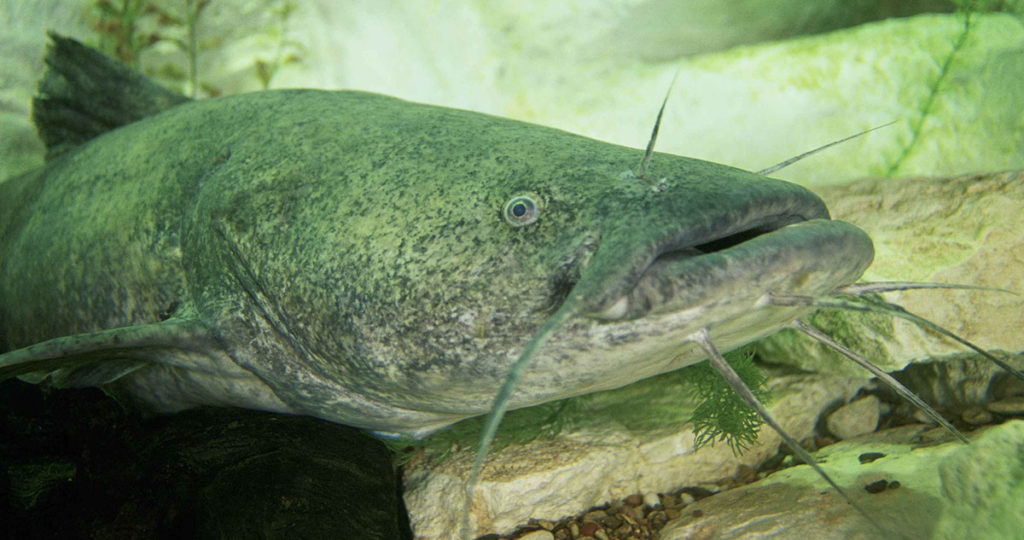
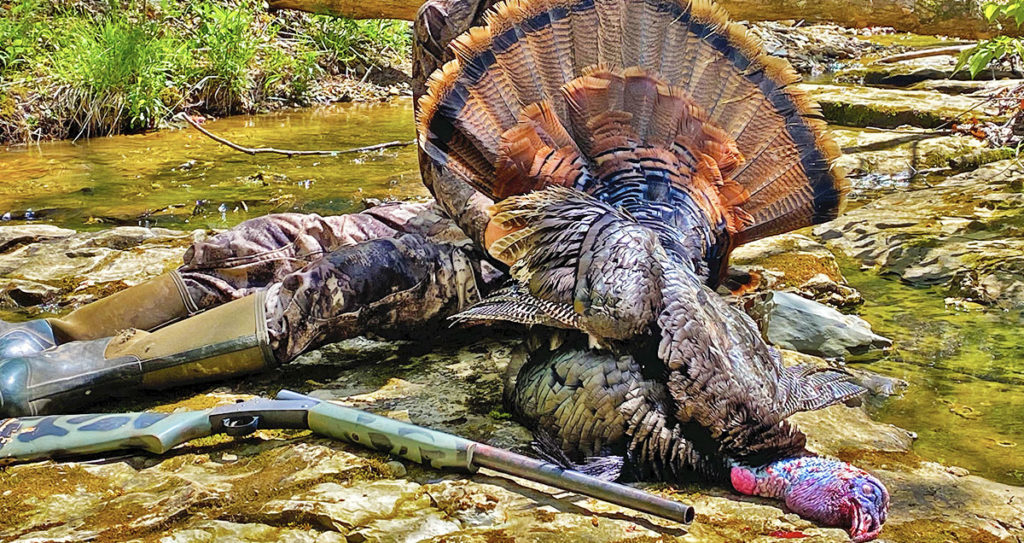
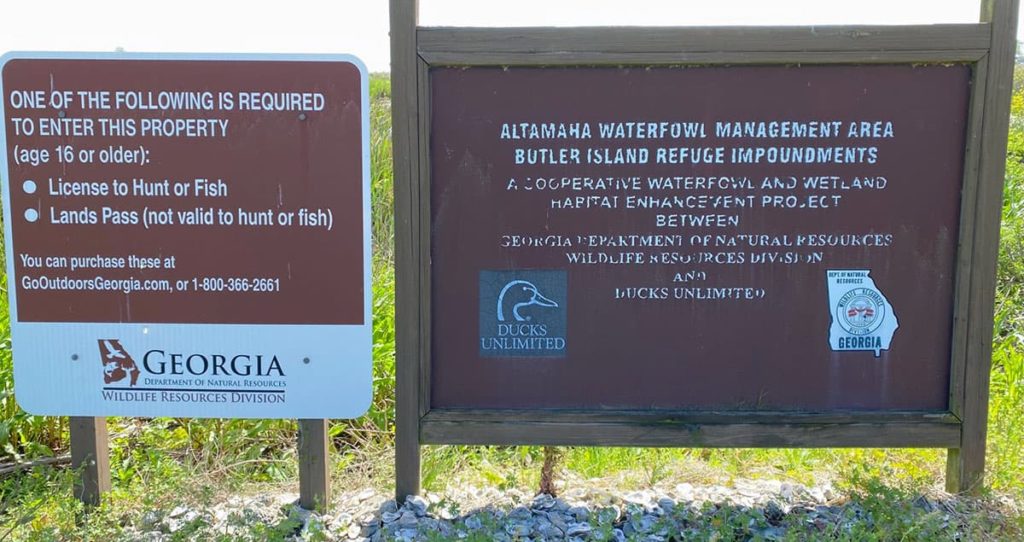
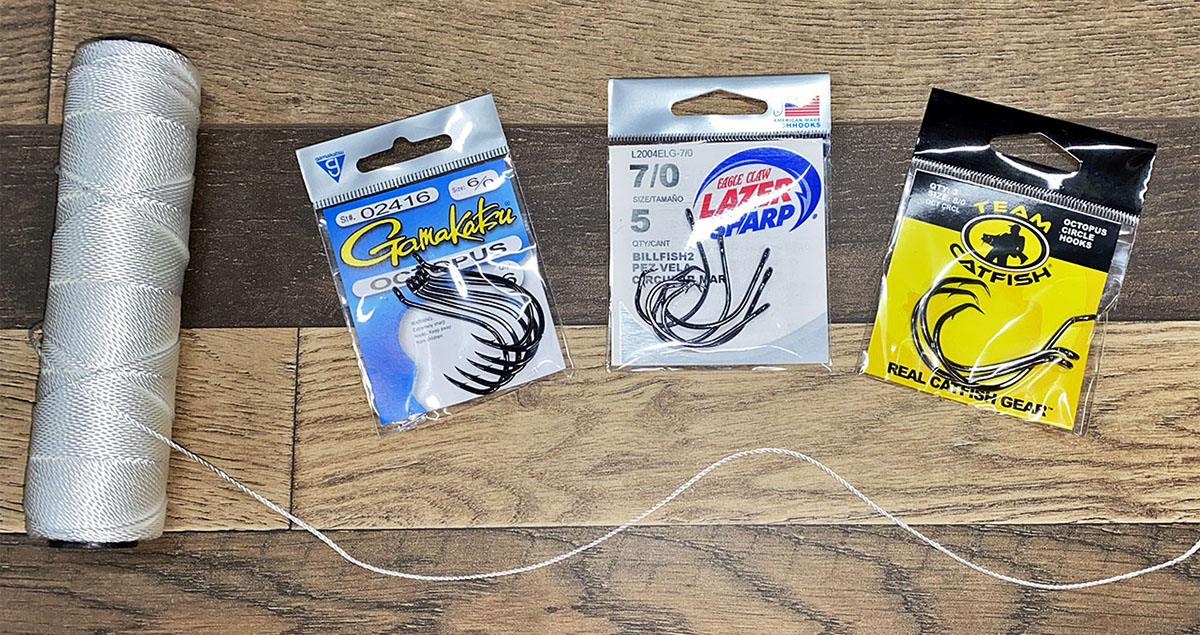
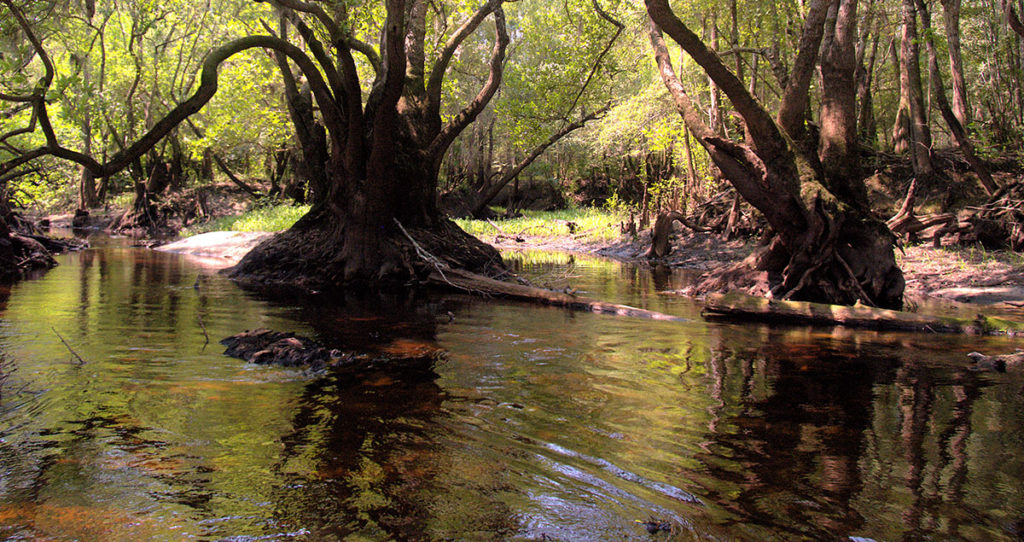
![Georgia Squirrel Season Dates and Info [2023-2024]](https://getoutdoorssouth.com/wp-content/uploads/2023/06/Georgia-squirrel-1024x538.jpeg)
Great information. I love fishing for red bellies. Another great spot is the middle sections of the Ochlocknee River. They generally don’t get quite as big there as they do on the Saltilla, but there is a pile of them.